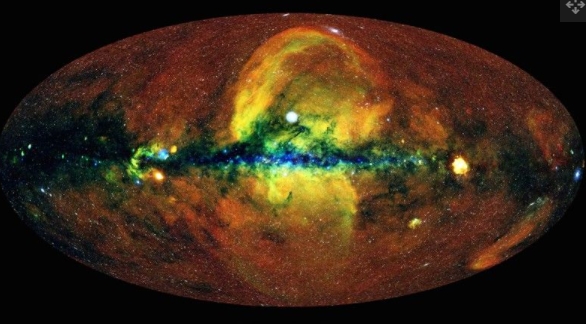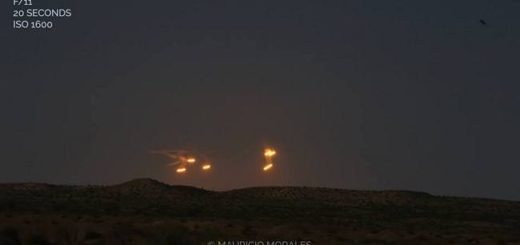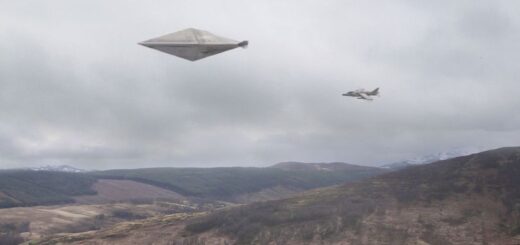New map of the universe unveils a stunning X-ray view of the cosmos

“This all-sky image completely changes the way we look at the energetic universe.”
Wish you had X-ray vision? An extraordinary new map showcases the universe in striking, X-ray radiation.
Scientists created this stunning X-ray map of the universe using eROSITA (Extended Roentgen Survey with an Imaging Telescope Array), an instrument on the German-Russian satellite mission Spectrum-Röntgen-Gamma, or Spektr-RG.
The scientists completed a full sweep of the sky over the course of about six months, looking for sources of X-ray radiation — a type of high-energy electromagnetic radiation. These X-ray sources include black holes, galaxy clusters and leftover remnants from supernova explosions.
In scouring the skies, eROSITA spotted over a million sources of X-ray radiation from all across the cosmos, with most of the sources being active galactic nuclei, or the luminous, compact region at the center of galaxies. This number of sources roughly doubles the number of known X-ray sources that have been discovered over the 60-year history of X-ray astronomy, according to a statement from the Max Planck Institute for Extraterrestrial Physics (MPE) in Garching, Germany. By studying clusters of galaxies with this new, detailed map, researchers hope to track how these cosmic structures grow.
“This all-sky image completely changes the way we look at the energetic universe,” Peter Predehl, the Principal Investigator of eROSITA at MPE, said in the same statement. “We see such a wealth of detail — the beauty of the images is really stunning.”
Because it is not only stunning but incredibly detailed, this new X-ray map could “revolutionize” the way that we look at the cosmos, Kirpal Nandra, head of the high-energy astrophysics group at MPE, said in the same statement.
“With a million sources in just six months, eROSITA has already revolutionized X-ray astronomy, but this is just a taste of what’s to come,” Nandra said. “This combination of sky area and depth is transformational. We are already sampling a cosmological volume of the hot Universe much larger than has been possible before. Over the next few years, we’ll be able to probe even further, out to where the first giant cosmic structures and supermassive black holes were forming.”



 Creators of mankind
Creators of mankind Description of “Tall white aliens”
Description of “Tall white aliens” Where they came from?
Where they came from? About hostile civilizations
About hostile civilizations The war for the Earth
The war for the Earth “Tall white aliens” about eternal life
“Tall white aliens” about eternal life Video: “Nordic aliens”
Video: “Nordic aliens” Aliens
Aliens Alien encounters
Alien encounters The aliens base
The aliens base UFO
UFO Technology UFO
Technology UFO Underground civilization
Underground civilization Ancient alien artifacts
Ancient alien artifacts Military and UFO
Military and UFO Mysteries and hypotheses
Mysteries and hypotheses Scientific facts
Scientific facts


















